George Anthony Molteno, our common ancestor
We who are members of the extended Molteno, Murray and other closely related families trace our ancestry back to George Anthony Molteno. He was the first Molteno to emigrate from Milan and settle in London. The first certain trace of his existence is the printsellers business he set up in Pall Mall in 1783, just a few years before the French Revolution. At that time, none of the great gentlemen’s clubs like the Athenaeum or the Reform existed on Pall Mall. Instead the street was a centre of bookshops, engravers, printers and printsellers. Anthony’s business prospered and the family continued as printsellers for over half a century.
The very earliest Moltenos
Of course, people bearing the Molteno name had existed for centuries before George Anthony arrived in London. There are medieval records (going back to 1162) in Milan’s great Biblioteca Ambrosiana that provide detailed evidence of a minor aristocratic family bearing that name who had a tiny castle on top of the hill where the village of Molteno just south of Lake Como today has its small church. And there is also documentary showing the prominent role that a handful of people called Molteno played in the city’s history from the beginning of the 15th century. Interestingly, these early individuals have names like Georgius di Molteno and Petrolus de Molteno, meaning presumably that they originated in the village of that name. To assume, however, that they were actual ancestors, or even relatives, of George Anthony two and a half centuries later is a very long shot. It is also true that today in Argentina, France and Italy itself, there are a handful of Moltenos who cannot show a relationship to George Anthony.
Successive generations of the family continue to migrate
But George Anthony’s departure from Milan – possibly accompanied by two brothers initially – was only the first modern migration in the family. Several of his grandchildren were prompted to migrate again – to the Cape Colony in Africa in the 1830s; Hawaii in the Pacific and Jamaica in the Caribbean in the 1840s; and Australia in the 1850s, and again just after 1900.
And these new beginnings of additional branches of the family in other parts of the family were only the next chapter in our family’s migrant story. In each succeeding generation, descendants of George Anthony have moved to, and put down roots in, additional countries. Today, there are Molteno descendants in Scotland and Ireland as well as England; in Kenya, and Botswana, as well as all over South Africa itself; in Australia, New Zealand, and probably Hawaii too; in the United States of America, and in various European countries – including, by a strange turn of the wheel, in Italy again.
A Shared Awareness of being part of Molteno family
But despite this continual geographical scattering, in each generation, members of the family have been acutely conscious of belonging to a rather special line. Molteno women, when they married , have often given their surname as one of their children’s first names in order to preserve some memory of the family in their sons and daughters. There are also a few physical reminders of the family in various parts of the world. Not just the original village in Italy after which the family is named (Molteno lies a short distance northeast of Milan in the foothills of the Alps). But there is now another village of Molteno 6,000 miles away in the Eastern Cape of South Africa – which was called after Sir John Charles Molteno who emigrated to the Cape in 1831. And if you happen to visit London and are in Trafalgar Square, you can go down into the crypt of St Martin’s in the Fields, and there you will find on the floor of the restaurant the gravestone of Anthony’s wife, Mary Molteno (nee Lewis), commemorating her burial in 1814 just a couple of hundred yards from where she and her husband have lived for thirty years.
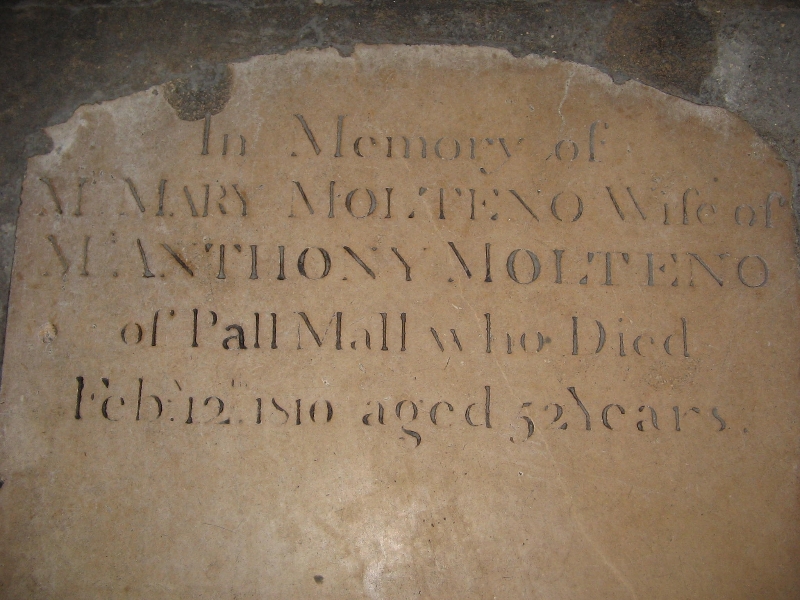
Mary Molteno (nee Lewis) — her tombstone, now in the Crypt, St Martin in the Fields, Trafalgar Square
Some of our Relations were remarkable people
There have also been some remarkable men and women in the family. Remarkable for what they did, or their personalities. John Charles Molteno, one of George Anthony’s grandsons, pioneered sheep farming in the Karoo from the 1840s; indeed there are still Moltenos producing wool there today. And Moltenos and Murrays – Ted and Harry Molteno, and Kathleen Murray (her mother was Caroline Molteno) – played a similar pioneering role from the very early 1900s developing largescale deciduous fruit farming and exporting. They were based in the upland valley of Elgin that lies just over the Hottentots Holland Mountains outside Cape Town.
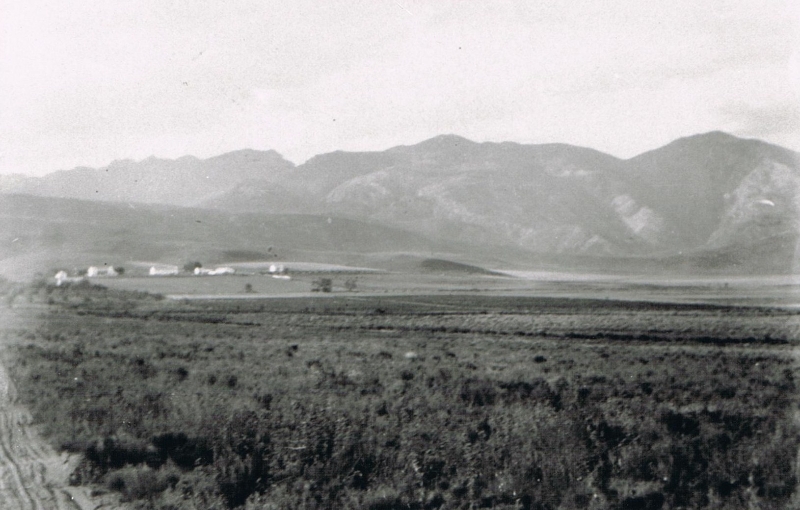
Elgin c. 1900 before largescale fruit farming began
And a handful of years later, Kathleen Murray’s brothers, Jarvis and Lenox Murray, started farming on the slopes of Mount Kenya where, a century on, the family still farms.
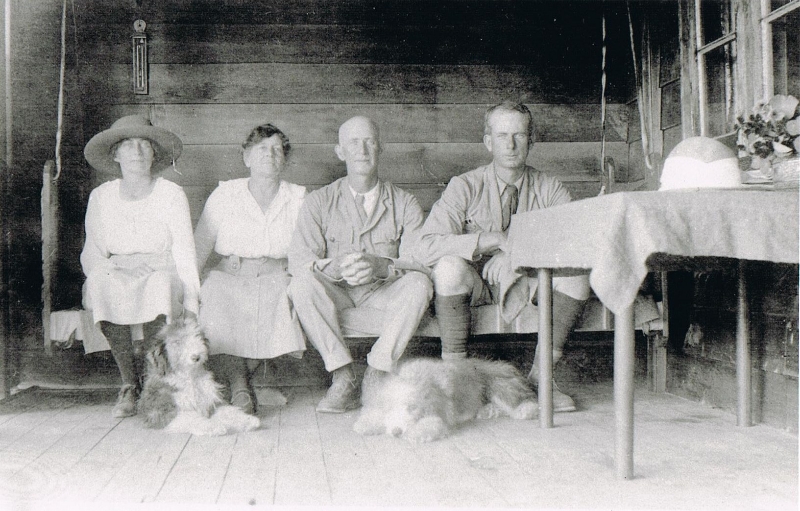
Kathleen visiting her brothers Jarvis (and his wife Rosamund) and Lenox Murray in Kenya, soon after 1918
In a very different field of human action, there have been feminist pioneers like Caroline Murray and Betty Molteno, both daughters of the original John Charles Molteno. They asserted the rights of women to education, and to have the vote.
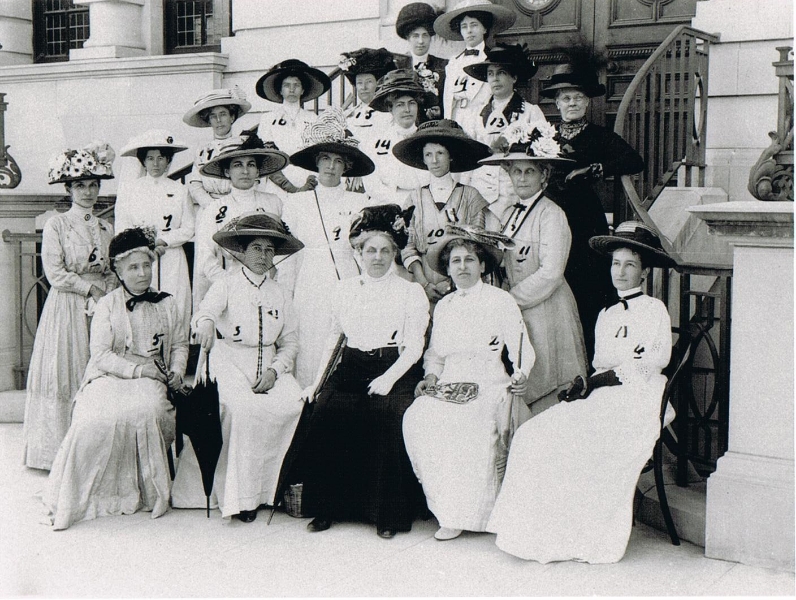
Caroline Murray attending Women’s Enfranchisement Association, Durban, 1911 (2nd row, end of row on the right)
In the political world, there have been several Members of Parliament. Percy Molteno was elected to the British House of Commons in 1906 as a Liberal; he was the husband of Bessie, a daughter of the great Victorian shipowner, Sir Donald Currie. And half a century before, in the old Cape Assembly, his father, John Charles Molteno, had been an elected member right from its start in 1854; he eventually became the Colony’s first Prime Minister in 1872. Two of his other sons, Charlie Molteno and James Tennant Molteno, also became Cape MPs. James was also elected to first Parliament of the new Union of South Africa, and became its first Speaker, in 1910. And in the next generation, my own father, Donald Molteno, was asked by the African National Congress to stand for the South African House of Assembly in 1937. He was elected by African voters in the Cape Province, and served as their representative for 11 years.
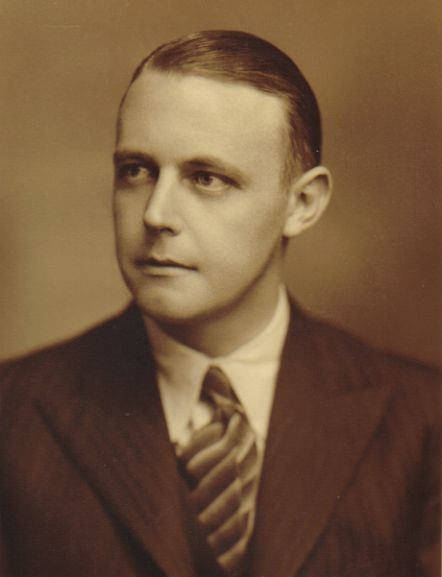
Donald Molteno as a young parliamentarian and lawyer, c. 1940
There have been scientists, doctors and engineers in the family – Dr Peter Molteno who worked for the Food and Agricultural Organization (FAO) for many years in Latin America; his son, Dr Anthony Molteno, the ophthalmologist who pioneered a world-famous surgical technique called the Molteno tube implantation. Another family member, Albert Arthur Molteno Durrant, was a mechanical engineer who led the team that designed London Transport’s famous Routemaster bus, the iconic red double-decker that became a picture postcard symbol of London’s streets from the 1950s almost to the present day. Interestingly, during the Second World War (1939-1945), he transferred his skills to the war effort and became Director of Tank Design. It was his team that produced the famous Centurion tank.
A greatgrandson of the original George Anthony, Vincent Barkly Molteno, served in the Royal Navy, commanded HMS Warrior in the battle of Jutland, which was the only largescale naval engagement of the First World War, and rose to be a Vice-Admiral. Indeed many Moltenos and Murrays fought, and some died, in both the First World War, and the Second.
Other members of the family (notably the brothers and sisters – Betty, Caroline, Percy and James – in an earlier conflict, the Boer War of 1899-1902, followed a very different, and unpopular, course. They played quite prominent roles in opposing Britain’s going to war against the South African Republic and Orange Free State. And when in the century that followed this war, Afrikaner nationalism and white racism against all South Africans of colour became the dominant tendencies in South African life, another generation in the family, May Murray-Parker
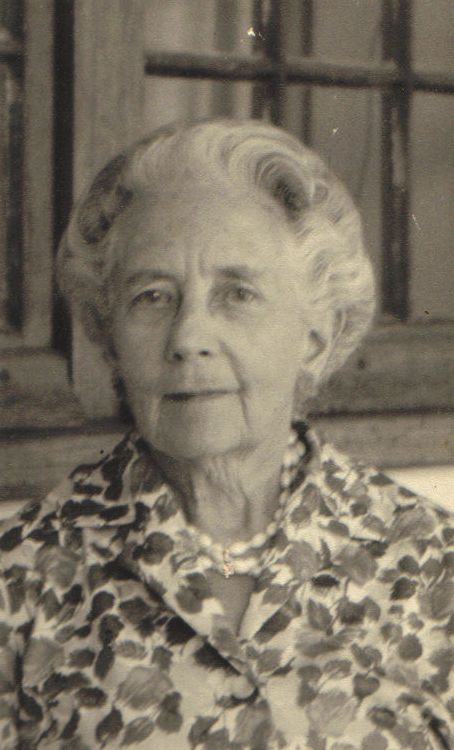
May Murray Parker, c. 1960
and her cousin Donald Molteno, became part of the anti-apartheid movement and asserted the morality and wisdom of building a common society not based on ethnicity, discrimination and the abandonment of democratic values.
In a very different field from politics, several members of the family became prominent sportsmen and women. Penelope Molteno was a horsewoman who rode in the Olympics for Britain in the 1950s. And the brothers, Anton and Rupert Obholzer, rowed in the British Olympics team in the 1990s.
In yet another realm of human action, the religious, there have been, particularly in the early decades of the 19th century when the whole family was still Roman Catholic, a number of women who became nuns, notably Catherine Molteno, who as Sister De Sales became a Sister of Mercy and Mother Superior of its Bristol convent (1861-1867). And her brother, Father Thomas Mylius Molteno, who became a Catholic priest in the 1830s.
Why the history of this family may interest you
Here, let me just speak of my own interest. Quite aside from this panorama of family members who lived quite remarkable lives, two things drew me to find out about and try to understand the history of our family. First, its known history – and I leave out the echoes of a distant history where a Molteno namesake negotiated with the Holy Roman Emperor Barbarossa or a Molteno was one of the architects of Milan Cathedral — spans the whole of the modern era. Many of the themes of modern history are reflected in, and impacted on, what happened to the family over the past two centuries. George Anthony Molteno opened his business just as industrial capitalism was getting under way in Britain in the late 18th century. He was attracted presumably by the commercial opportunities that opened up as London was becoming Europe’s economic centre of gravity. So he migrated, and in every succeeding generation, members of the family followed his example and left the countries where they had grown up in search of new opportunities. In the 19th century, this migration was often prompted by poverty. Since then, professional opportunities and politics have often been the drivers. The early migration took place against the background of the continuing expansion of the British empire which by the end of the 19th century had a presence in every continent and embraced a quarter of the world’s population . It was this that led to Moltenos and Bristows and Murrays landing up in Jamaica and Ceylon; South Africa and Kenya; Australia and New Zealand. And with this colonial expansion came the racism that entrenched itself in the attitudes and practices of British imperialism, as well as the struggles against that racism – struggles in which many members of our family became courageous participants, notably in South Africa from the 1930s onwards.
Other great historical processes also left their mark on the family, notably women’s struggle for the vote in the late 19th and early 20th centuries. And, of course, the scarring of the 20th century by two world wars which, while originating in the internecine rivalries of the European powers, dragged in the people of their attendant empires, as well as China, Japan and the United States.
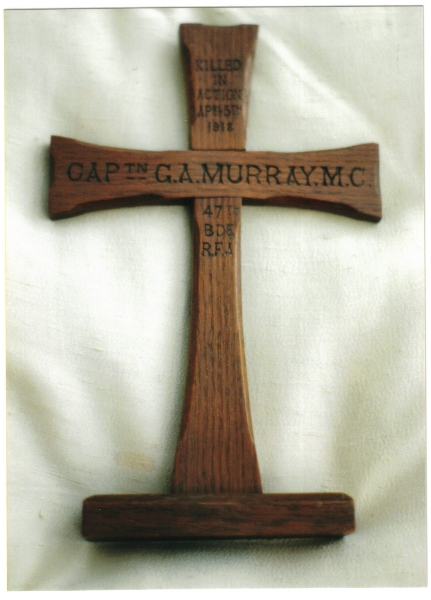
Captain George Murray — the memorial cross for his grave, 1918
These scars of war were borne by many members of our family, as I have already mentioned, including those who died like George Murray, Leonard Clark Molteno and Donald Ian Molteno, or whose subsequent lives were utterly transformed. Thus Paul Batley reacted to his horrendous experiences in the Dardanelles during the First World War by deciding, much against his mother Ethel Molteno’s wishes, to devote the rest of his life to God and become a Benedictine monk.
But there is a second circumstance that has fuelled my interest in the family’s history, and indeed made it possible. There is an extraordinarily rich paper trail that makes this historical detective work both possible and very exciting. Many members of the family have written their recollections. Some kept diaries. And one group of brothers and sisters, Sir John Charles Molteno’s offspring, not only wrote literally thousands of letters to each other from the 1880s right up to the late 1930s, but many of these letters have survived. This is not the place to thank all those family members who played their part in preserving this material. But without their efforts, my project of reconstructing the history of the family would have been impossible.
The downsides of this treasure trove of materials, however, must be mentioned. There is a constant danger of overlooking the lives of all of us ordinary members of the family who didn’t become famous; but our lives also are a product of history.
And there is also a tendency for the stories that are told here to be skewed to the South African branch of the family. But I very much also want to reconstruct, so far as possible, the story of those of Anthony Molteno’s descendants who did not emigrate to the Cape Colony. Theirs are very different stories. I have found it much more difficult to piece together what happened to them. Indeed the trail often goes cold. So their lives have up to now remained almost totally unknown. Part of this project is to find out and tell the stories of their lives.
Robert Molteno
November 2012
